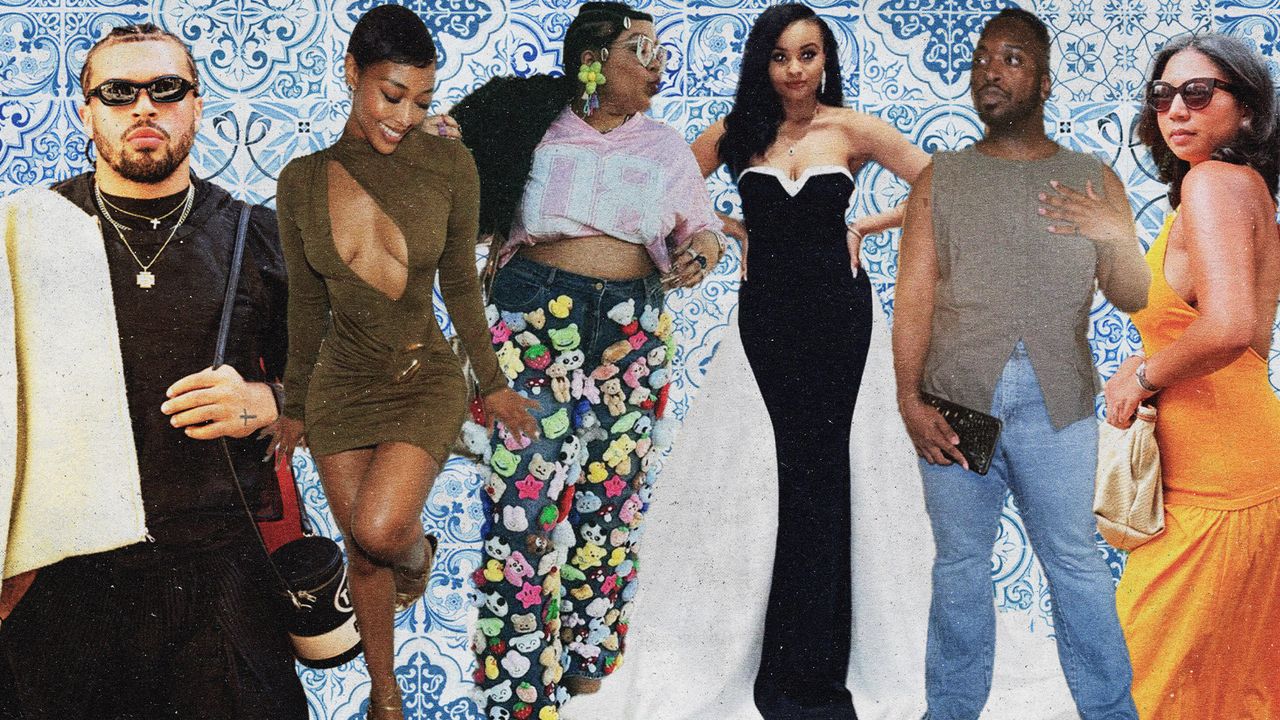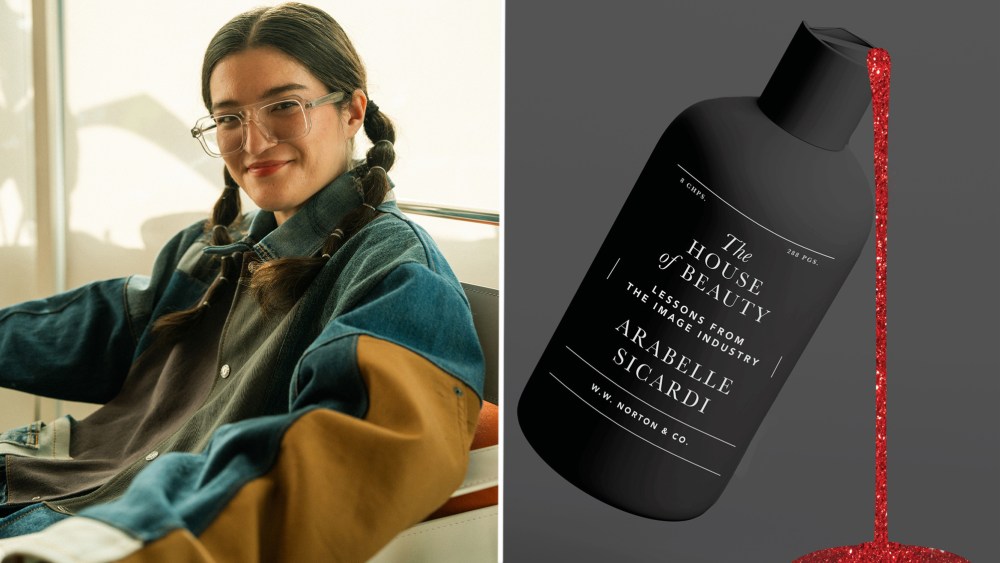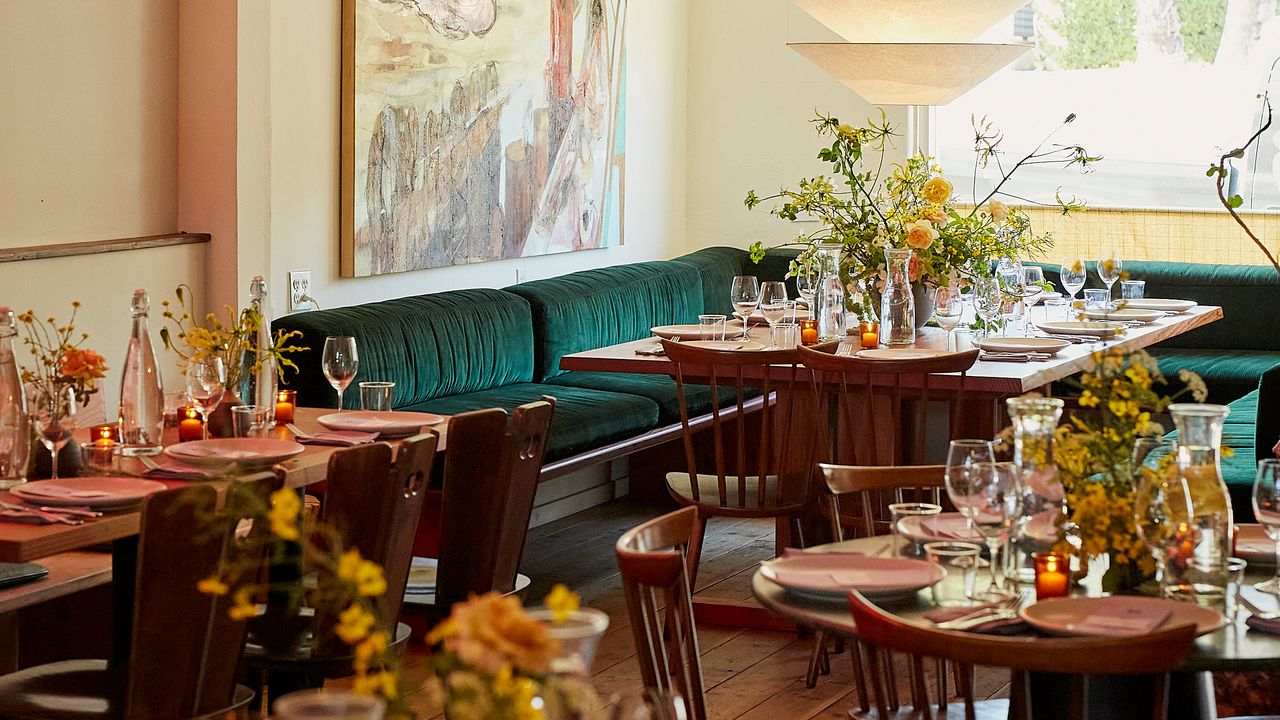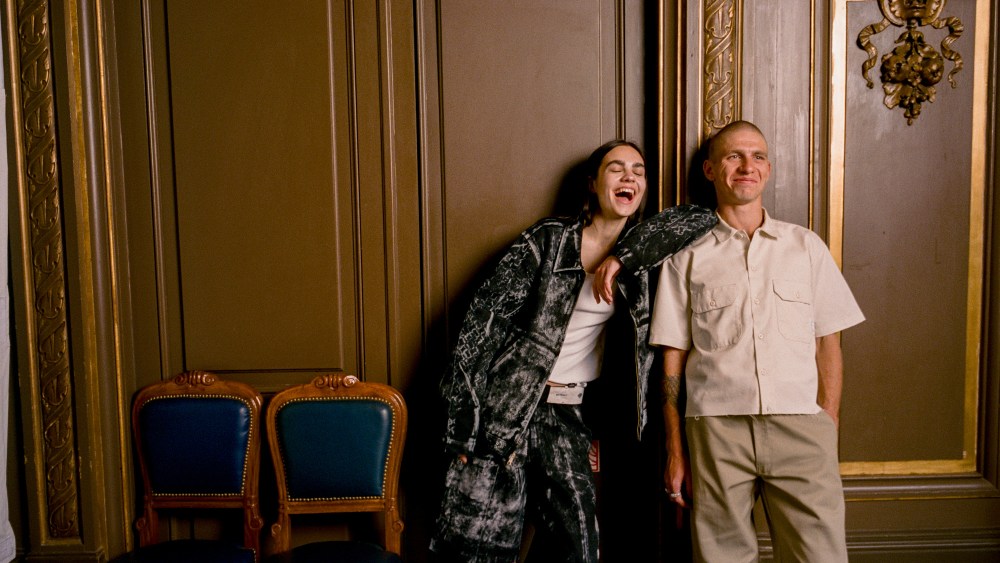
Rodney Williams, stylist, and founder of Closet Six, found his style journey through sports in Burlington City, New Jersey. “My early relationship with fashion was expressed through athletics: rare Jordans, modified uniforms, wristbands that matched my mood. Confidence on the field mirrored confidence in my look.” Though he admired daring fashion choices on others, he lacked courage because he feared the kind of scrutiny that came with standing out as a young Black boy in a conservative environment. Then came the DIY era—jeans distressed by hand, repurposed pieces turned editorial. Friends laughed. Months later, they imitated. That was the shift.
“Returning home now is humbling,” Williams explains. “People knew me as an athlete, but they now see the layers: stylist, entrepreneur, storyteller.” For him, clothes are only the surface. The deeper revelation is identity. “What I wear, and how I help others dress, has created conversations about self-presentation, style in sports, and Black expression in the fashion space. That’s what matters.”
In New Orleans, fashion and beauty editor Robyn Merrett’s early style education came in the form of Sunday bests and debutante gowns. Raised Baptist, she had a church wardrobe of bishop dresses, bows in her hair, and diamond earrings that sparkled beneath stained-glass light. When it came time to select her debutante gown, she resisted the glittering, over-the-top options. “I wanted something classic. Something that felt like me,” she recalls. “Fashion has always been such a central part of who I am.”
For Jodie Taylor, who grew up in a small, predominantly white suburb in Massachusetts with Jamaican Christian parents, fashion once felt like a tool for assimilation. “The unspoken dress code was head-to-toe prep—polos, cardigans, boat shoes,” she says. Even her first job at Abercrombie reinforced a preppy uniformity. She admired bold fashion through magazines and Tumblr, but feared becoming a spectacle in her hometown. “I wasn’t afraid of style,” she explains, “but I was cautious about visibility.” Now, returning home in expressive, feminine silhouettes feels both freeing and complex. “There’s power in being fully expressed in the same place I once muted myself,” she says. “People still clock me when I walk into certain rooms, but I don’t shrink anymore. What people see now is the result of giving myself permission.”
#Dress #Home





